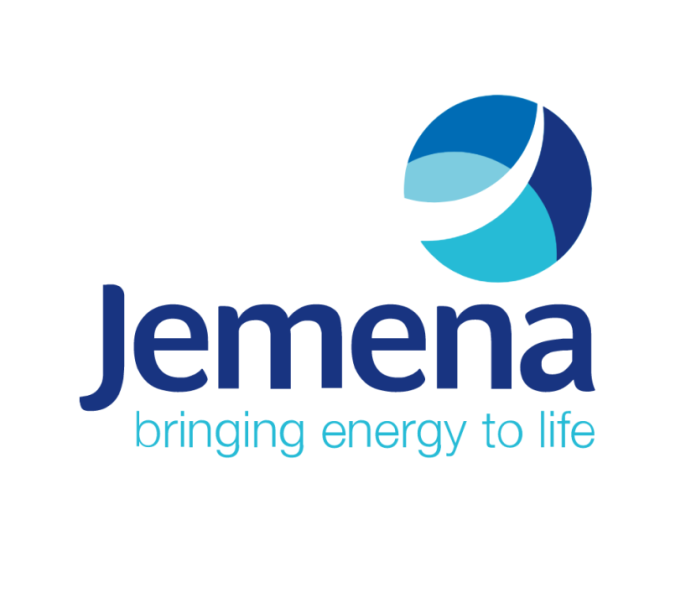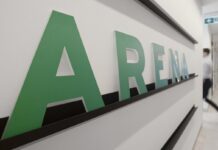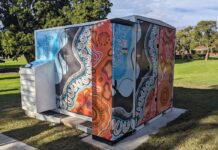
Australian energy infrastructure company Jemena is backing a $16 million project that will transform waste flowing to Australia’s largest wastewater treatment plant into carbon-neutral gas used by residential homes and businesses in Sydney.
Minister for Lands and Water Kevin Anderson, attended the groundbreaking ceremony for the project on Monday, along with representatives from Jemena, Sydney Water, and the Australian Renewable Energy Agency (ARENA).
Backed by Jemena and ARENA, the Malabar Biomethane project will be the first in Australia to blend biomethane directly into the gas network.
Located at Sydney Water’s Malabar Wastewater Treatment Plant, the project will have an initial capacity of 97 TJ of gas per year, which is enough to power approximately 6,300 homes. According to Jemena, this figure could increase to 200 TJ per year, which would be enough to service over 13,300 homes.
Peter Harcus, Jemena’s general manager, said biomethane could play a critical role in meeting Australia’s net-zero emissions goal, accelerating a more cost-effective energy transition, and creating new jobs and industries.
“This project will start to allow Sydney households to keep using gas, while also reducing their carbon footprint,” Harcus said.
“For our commercial and industrial customers – whose manufacturing processes are difficult to decarbonise – this project will help enable them to maintain their operations, keep people in jobs, and help to decarbonise their supply chain,” he added.
The new facility is expected to remove 5,000 tonnes of carbon and potentially 11,000 tonnes if scaled up to its full potential.
“This project is a great example of the circular economy in action – using waste generated from agriculture, business, and by individual homes to generate carbon-neutral energy,” Harcus said.
The new biomethane project adds to the energy infrastructure company’s suite of renewable gas initiatives, joining the Western Sydney Green Hydrogen Hub, which began blending green hydrogen into the Jemena Gas Network in November 2021.




















